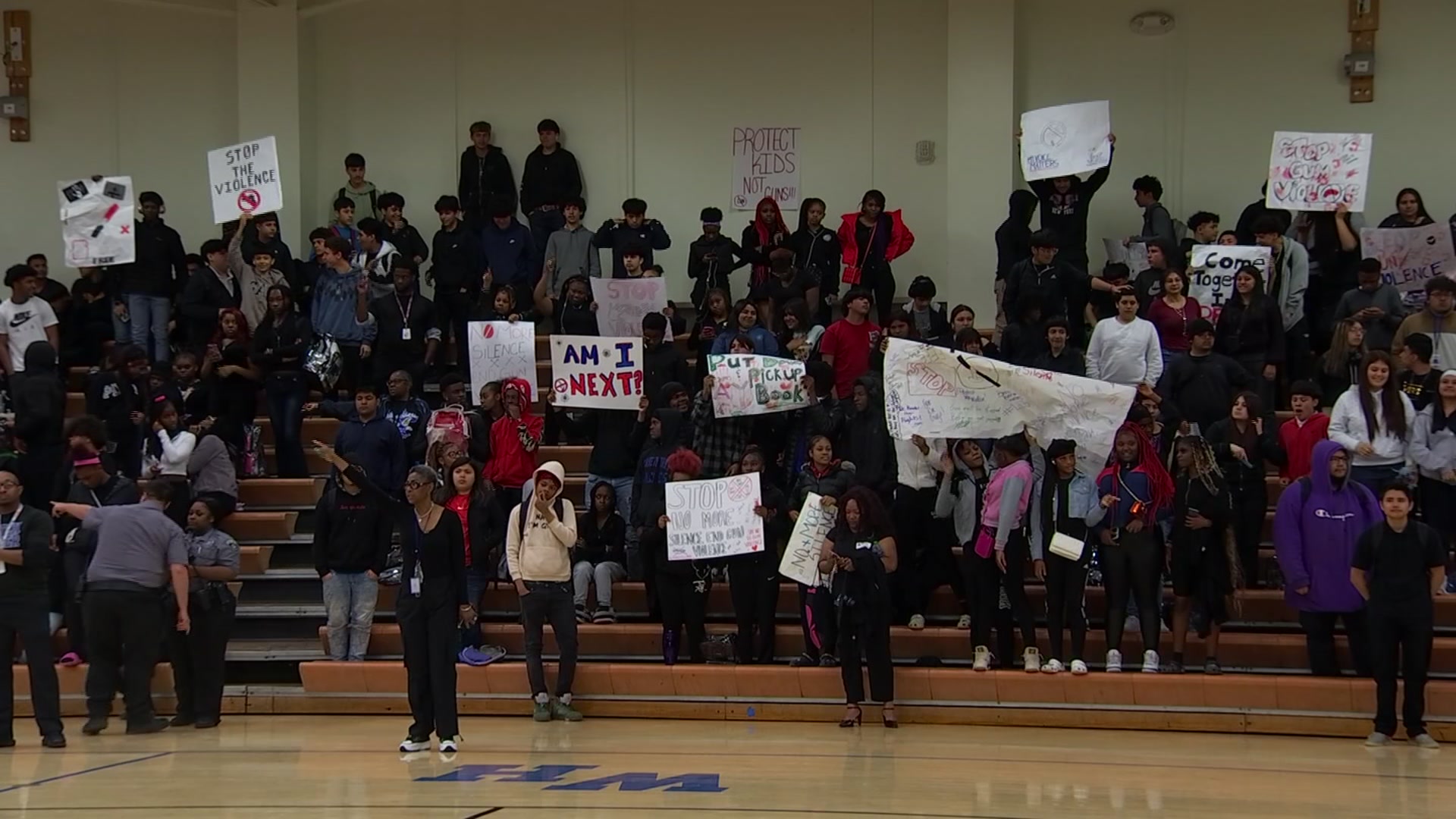Inequality hit many of us in the face about a year ago when schools were forced to teach remotely.
Some districts had iPads and Chromebooks for every student and already offered online classes while others had barely any computers and many students had no high-speed internet at home.
"I know these kids, I talk to these kids, I'm the nosey principal. I ask stuff most people don't ask," said Johnna Weaver, principal of Lincoln High School in Dallas.
Even she didn't realize just how much her students and even her teachers weren't connected to the internet.
"Mrs. Weaver, I don't have WiFi. It blew me away," she said, recalling a conversation on campus. "What do you mean, you don't have WiFi? Who doesn't have WiFi?"
That conversation was with a teacher, the situation was worse with her students. More than 80% of the students at Lincoln High School live below the poverty line. The numbers of families without internet are significant all across southeast Dallas.
"Literally it's going to be surprising, but like 95% of my students only have a phone," said Genesis Castillo, a teacher at John Quincy Adams Elementary.
Local
The latest news from around North Texas.
A phone, it's the only way many students have to get online. Families paying a cellphone bill, not home internet, and cellphones aren't able to work on the complex platforms schools use to manage online learning.
On Friday, Dallas ISD flipped the switch, activating the internet for some 50 students at Lincoln High School to log on to their school-issued computers at home and get high-speed internet that works.
It's all thanks to a cell phone tower set up on school property at Lincoln.
"Most of our kids go to their neighborhood campus, this gives us a one- to two-mile radius around the campus where we can broadcast our network signal out to those students who are educating in their homes right now," said Jack Kelanic, chief technology director for Dallas ISD.
Dallas ISD will install four more towers before this school year ends. All of them going up in the southeast area of the city where high-speed internet is hardest to find.
This problem doesn't end at the district line, lack of internet access is hitting suburban school districts just as hard.
Unable to erect pricey cellphone towers, Duncanville ISD is going with WiFi on wheels, installing hotspots in their buses and driving them to apartment complexes and parts of their district where the need is the greatest.
"We knew there were some gaps there, but when the pandemic hit it really just slapped us in the face on how wide that digital divide was," said Marc Smith, superintendent of the Duncanville ISD.
Smith said the lack of homes with internet access in southeast DFW is astonishing.
"Over half our community either had one device and no internet connectivity."
Smith said the lack of internet access highlights why so many communities, not just schools, have a harder time competing.
"We spent a lot of time talking about the digital divide. It's exposed that and made a national spotlight on just how wide it is," said Smith.
While she's thrilled to have the first tower in her backyard. Principal Weaver said it can't stop there.
"Education for our babies is not a priority, working is, they want to work, because that brings in revenue," she said.
Weaver said the community has to show not just students, but parents, the doors that internet connectivity can open for them.
"I can give you the computer, the system to log in, but if you don't have the desire that's a whole different ball game."
Dallas ISD will have their pilot program complete in a few months, moving from Lincoln to South Oak Cliff, Pinkston, Roosevelt, and Spruce. It will also help the elementary and middle schools in those areas.
They're already working with city leaders about putting more cell towers up at libraries and community centers to have a bigger impact.



